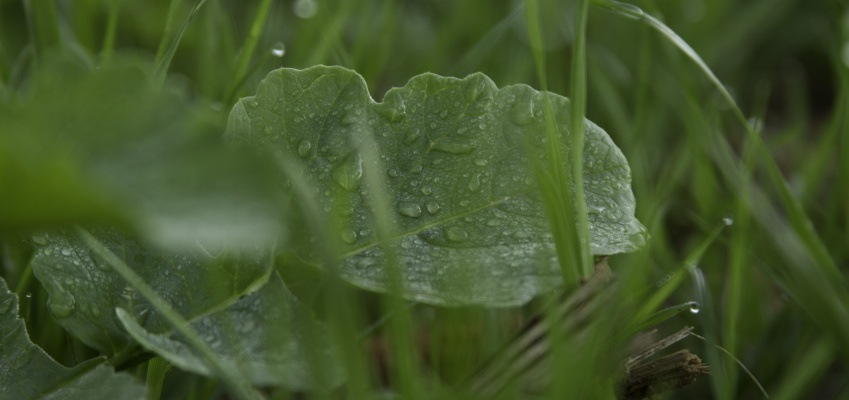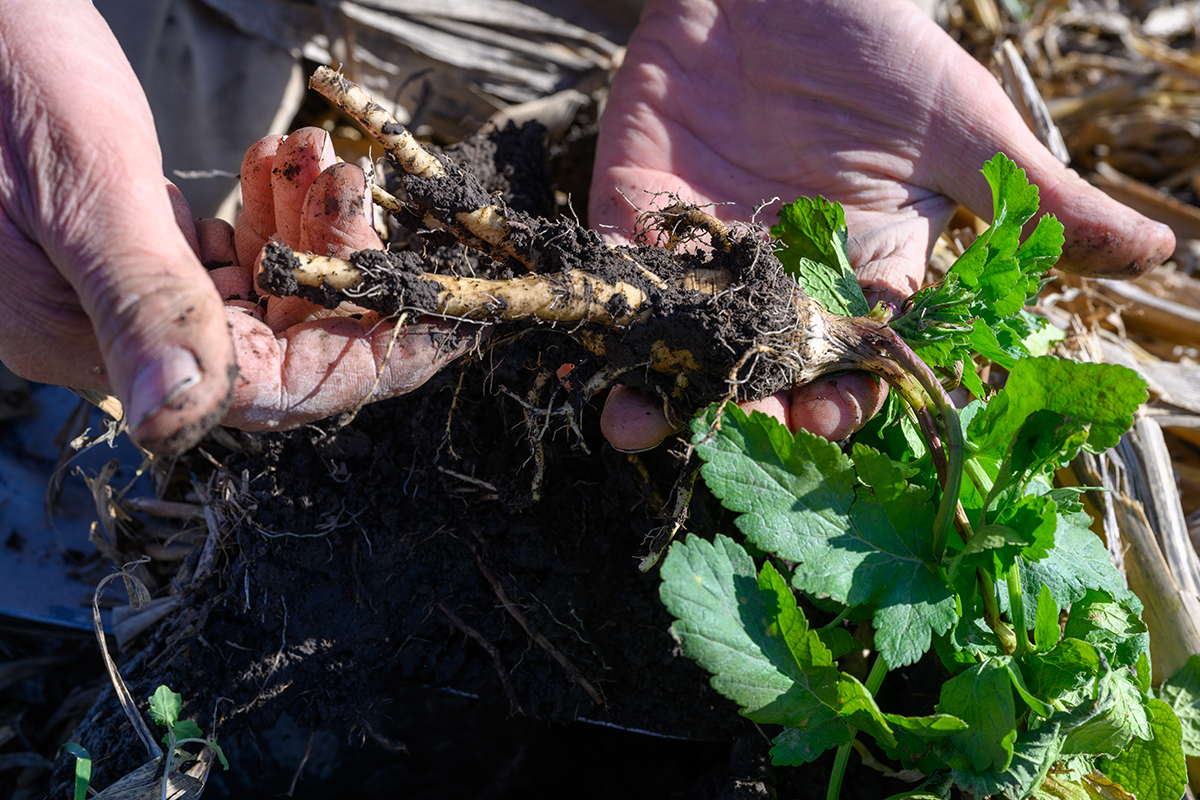Herbicide-Resistance Management — Cover Crops Edition

Learn how to fight herbicide-resistant weeds with alternative methods
When you’re used to orderly rows of soybeans or corn, a field of cover crops — often multi-species and broadcast-seeded — can look like little more than weeds. But cover crop farmers and researchers know they’re so much more.
Cover crops can supply erosion control as well as water and weed management — all issues your soy checkoff has investigated for years to make you more profitable. Farmers across the country are adding cover crops to their management plans to help with a variety of issues in their fields. According to the 2017 Census of Agriculture, there was a 50% increase in cover crops planted between 2012 and 2017.
Bill Johnson, Ph.D., has teamed up with the Take Action program, sponsored by your soy checkoff, to share the importance of cover crops — including what they can do for weed control and soil health. Johnson said that cover crops can be used for a variety of reasons, including nitrogen fixation, nutrient management or soil structure improvement. Although cover crops are becoming another form of cultural weed control, it’s considered to be one of the small hammers that weed scientists will recommend for some weed species.
Johnson encourages farmers to consider specific weed problems when selecting cover crops and designing management objectives. Physical weed suppression is possible with high biomass cover crops but requires special management tactics that may or may not fit your farm management system.
In this episode of “Inside Weed Management” from Take Action: Pesticide-Resistance Management, brought to you by the soy checkoff, Johnson explains different ways to suppress weeds using cover crops.



